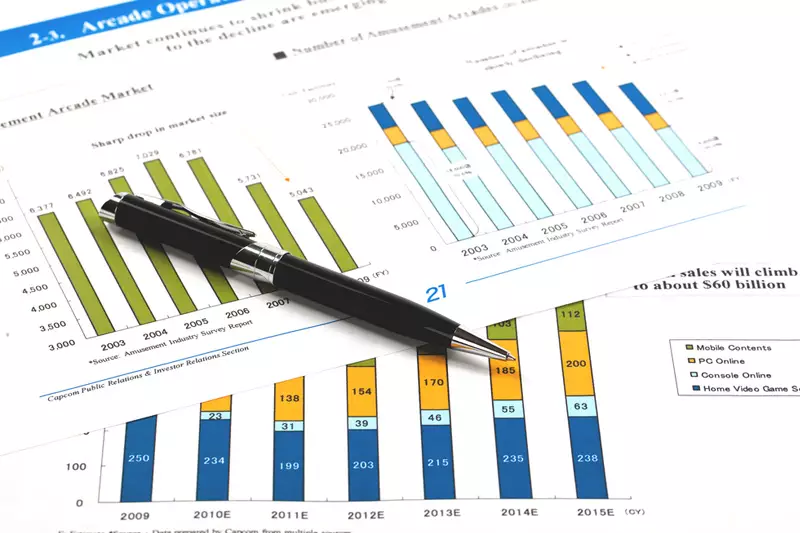The global foreign exchange market is a dynamic and complex system that is influenced by a wide range of economic factors. One of the most important currencies in this market is the U.S. dollar, which serves as the world’s primary reserve currency. The movement of the dollar is closely monitored by traders, investors, and policymakers around the world as it has a significant impact on international trade and financial markets.
Factors Influencing the Dollar’s Movement
The recent fluctuations in the U.S. dollar can be attributed to a combination of domestic and international factors. One of the key factors affecting the dollar is the U.S. inflation rate, which has been relatively mild in recent months. This has led to speculation about potential interest rate cuts by the Federal Reserve in order to stimulate economic growth.
Market sentiment plays a crucial role in determining the value of the dollar. Traders often react to news and economic data by adjusting their positions in the currency market, which can lead to rapid fluctuations in exchange rates. The recent comments by Federal Reserve officials, including the projection of a single rate cut, have added to market uncertainty and contributed to the dollar’s volatility.
Political events, both domestically and internationally, can also have a significant impact on currency exchange rates. The recent announcement of a snap election in France led to a decline in the euro and a corresponding increase in the dollar. Similarly, the upcoming presidential election in the United States could have implications for the strength of the dollar in the long term.
Regional Currency Movements
In addition to the U.S. dollar, other major currencies such as the euro, sterling, and yen also play a crucial role in the foreign exchange market. The stabilisation of the euro following political developments in France highlights the interconnected nature of global currency movements. The Australian and New Zealand dollars have also been relatively stable in response to economic data and central bank decisions.
The recent volatility in cryptocurrency markets, exemplified by the fluctuations in the price of bitcoin, adds another layer of complexity to the global financial system. While cryptocurrencies are not directly linked to traditional currencies like the dollar, their movement can still have an impact on investor sentiment and risk appetite in the broader financial markets.
Overall, the movement of currencies in the foreign exchange market is influenced by a wide range of economic, political, and market factors. Traders and investors need to carefully monitor these factors in order to make informed decisions and mitigate risk in the currency market. The recent fluctuations in the U.S. dollar and other major currencies serve as a reminder of the interconnectedness of the global financial system and the importance of staying informed about economic developments.

